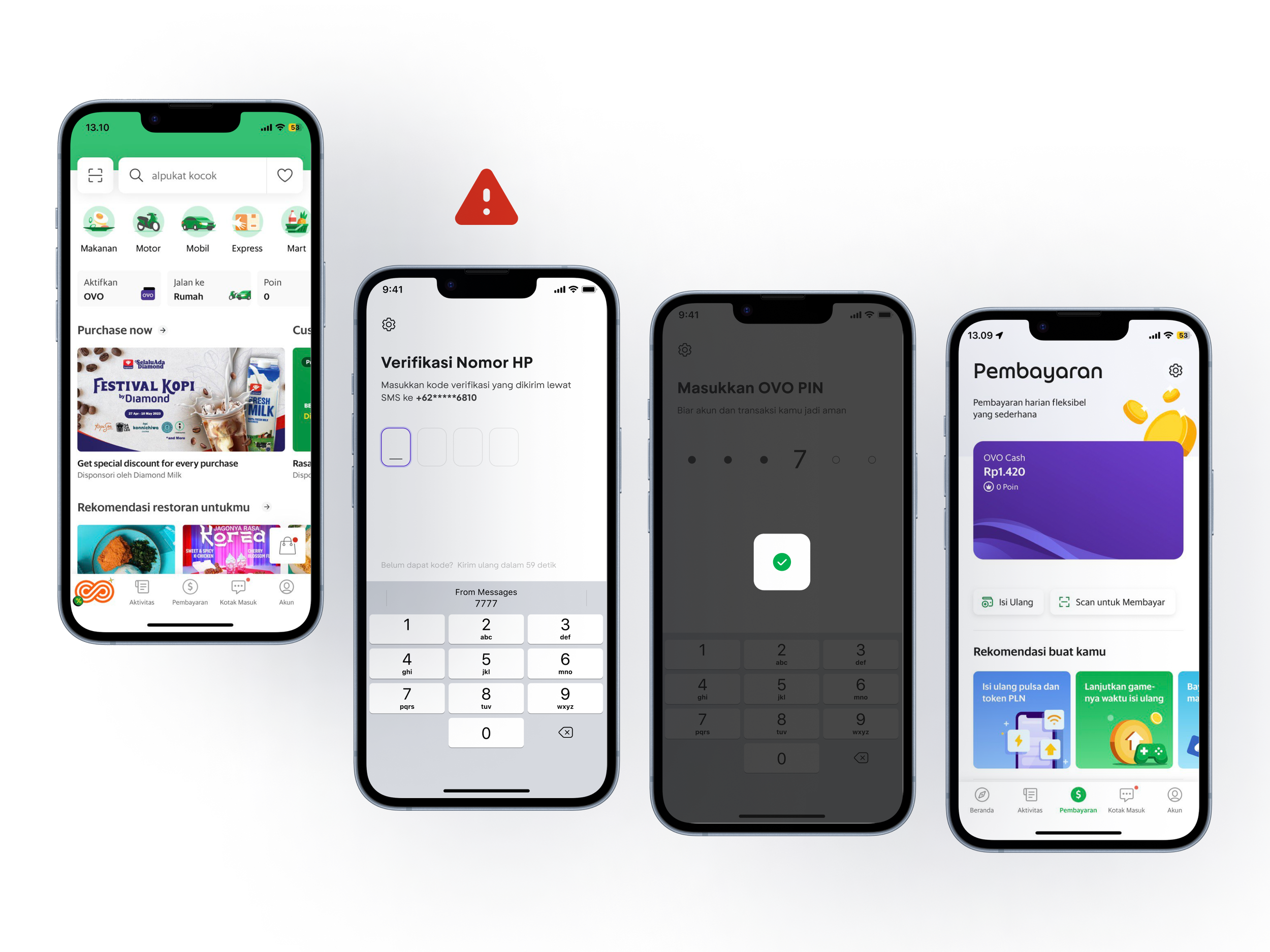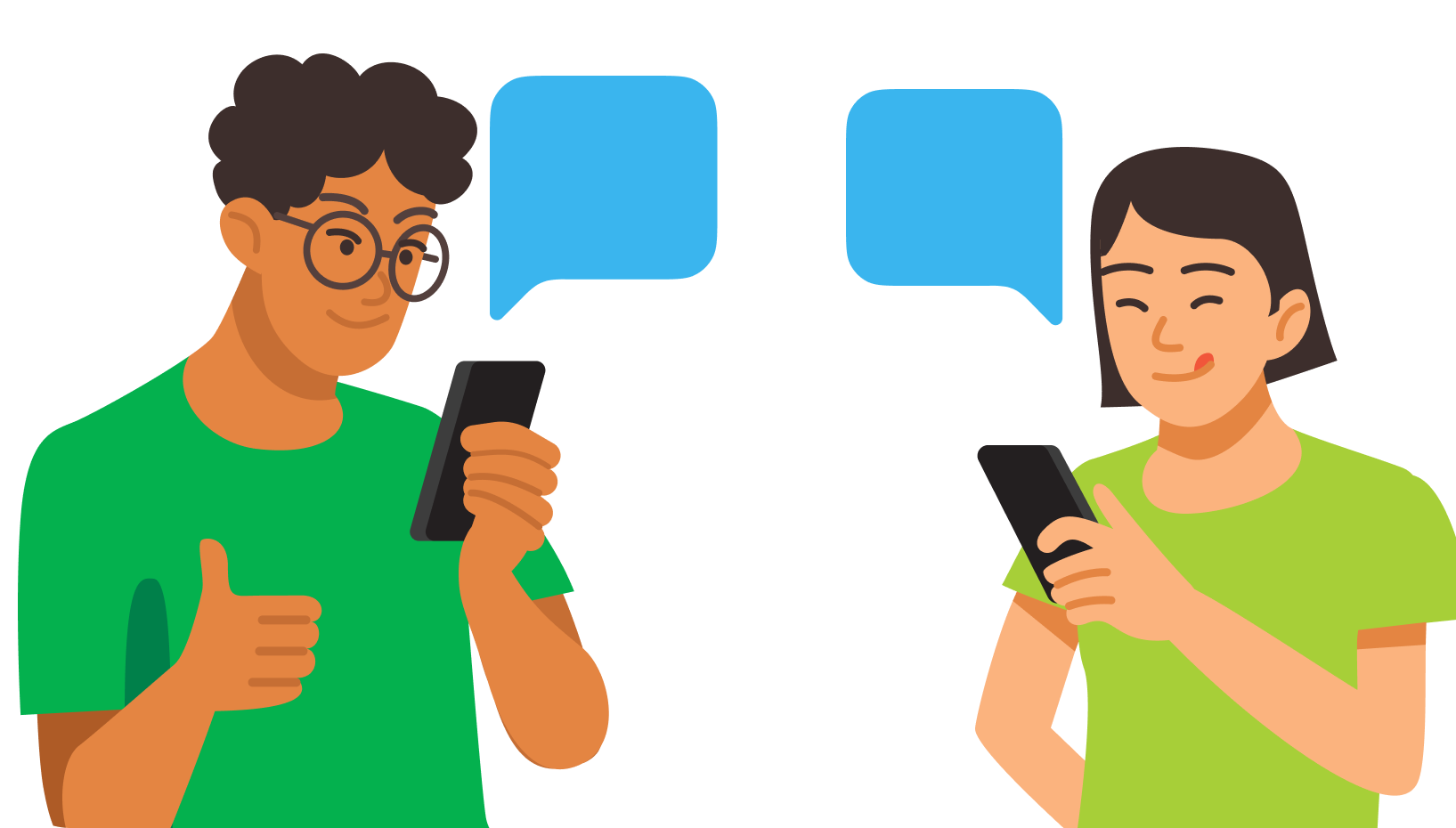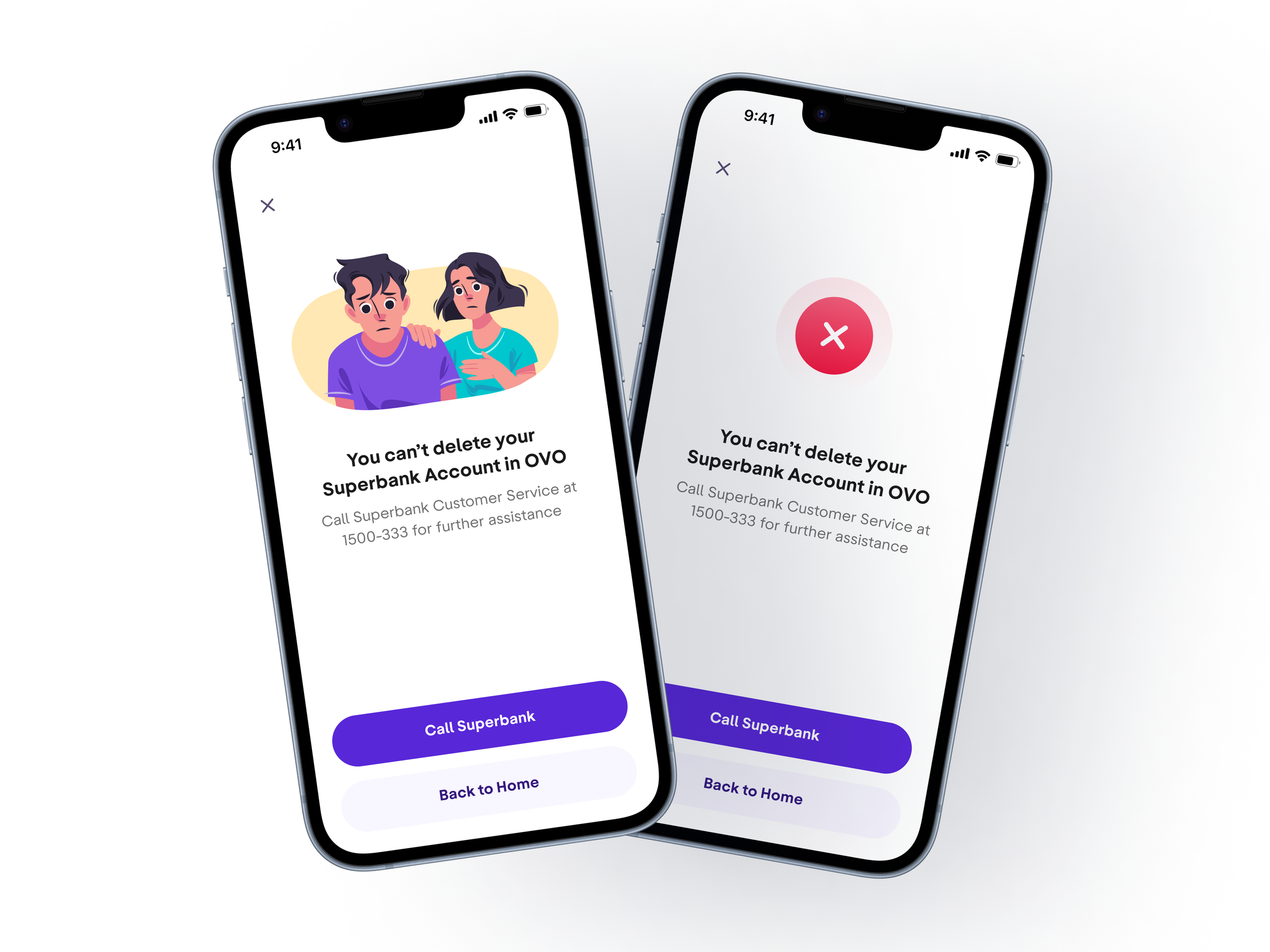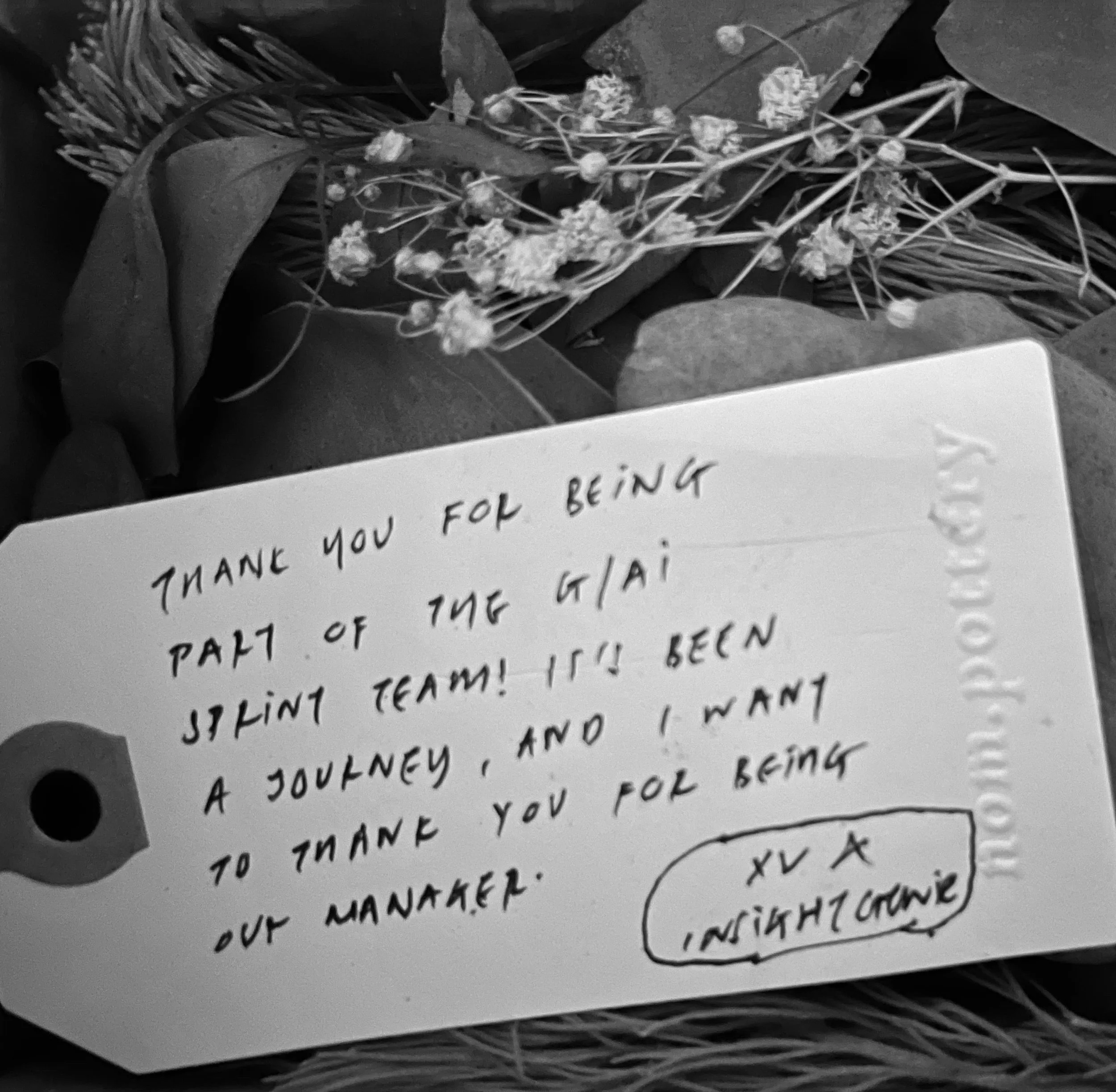Leadership & Influence
Talent Growth
In my journey across 3 leadership roles, I've transformed 4 interns and 3 juniors to seniors and leads. Let me share unique principles, along with their case studies, that have driven these transformations.

precaution
Constant adjustment & improvement
These principles are not final or fixed.
Never apply them blindly; they should be adjusted to the culture, needs, and actual situations.
No conventional wisdom
These principles do not restate the conventional wisdoms unless there’s a need to highlight the uncommon industry practice.
Therefore, every principle will be associated with real-world applications.
Skills
Hone their critical thinking skills
A designer's primary role is problem solving; therefore, critical thinking is more essential than technical skills. This involves questioning assumptions, understanding the core of the problem, and strategically prioritizing data to formulate solutions.
CASE STUDY: Questioning the usual
A problem space team was working to decrease the drop-off rates in Grab app's e-wallet activation process.
The main issue was the high drop-off at the phone number verification stage, potentially due to low SMS receipt rates. Various solutions, including altering the verification method, were under consideration.

The team initially overlooked the possibility of eliminating the phone number verification step since it had been always been present in every e-wallet registration process.
We proposed a simple solution: remove this step, as users' phone numbers are already verified during Grab registration and through ongoing use of Grab services. This not only completely removed the 20% drop-off rate, but also saved on SMS costs and engineering effort.
More detailed approaches:
Promote a slower pace by providing ample time for thoughtful consideration
Enhance understanding by elaborating on context and rationale
Question and challenge while maintaining autonomy in decision-making
Enhance their collaboration skills
While designing the optimal solution is crucial, it's equally important to get buy-in from the stakeholders to find the common ground.
CASE STUDY: TIMELINE NEGOTIATION
Despite adding additional members to the team and reducing the scope to the Minimum Viable Product (MVP), the timeline remained unachievable. It appeared that our only option was to work overtime to meet the demanding deadlines.

However, a pivotal breakthrough occurred when we engaged with the compliance team. Leveraging their extensive experience, they provided insights into the specific criteria that the regulator prioritizes during the approval process.
We identified features initially deemed crucial for MVP but not imperative for regulatory approval, such as the discovery journey. We were then able to meet the timeline by submitting a more targeted MVP for approval and refine the remaining features while awaiting regulatory clearance.
More detailed approaches:
Cultivate a culture of transparency and honesty in team communication
Motivate team members to forge meaningful relationships with others
Provide opportunities to refine their communication skills and enhance their confidence
Attitude
Foster their dedication towards users & business
True excellence requires a commitment to the users & business.
However, finding such designers is rarity, especially in large companies. It might be realistic to seek someone who is conscientious as the alternative.
CASE STUDY: PROBLEM-SOLUTION FIT
The business team requested the design of a cash-out fee controller. This feature is designed to incentivize fees for cash-out transactions, which is essentially the same as encouraging users to withdraw their money from our platform.

Upon inquiry, the team aimed to encourage drivers to transfer earnings from the Grab app to the Grab e-wallet (OVO) by offering cash-out incentives. They hoped drivers would shop in OVO first before cashing out.
Upon further investigation, the underlying reason was a previous implementation of cash-in fee controller aimed at boosting the top-up volume. They saw extending this to cash-out transactions as a logical step.
We persuaded the team to directly allocate the budget for shopping incentives, particularly through targeted promotions for drivers, as a more strategic approach.
More detailed approaches:
Encourage regular interaction with users and early validation of assumptions
Create opportunities for team members to participate from the early product stages
Incorporate business, product, and technical perspectives in every design review
Encourage them to listen & grow
Adaptability and flexibility is key in a dynamic environment. Cultivating a mindset of continuous improvement ensures not only personal development but also contributes to the overall success of the team and organization.
CASE STUDY: UNDERSTANDING THE ROLE OF AN ILLUSTRATION
A designer from another team advocated for using an error icon, believing it would expedite users' understanding of the situation. However, my team disagreed as we had consistently used a specific illustration for the generic error page.

Here’s the middle ground …
It's essential not to champion consistency just for its own sake. Everyone should agree that the primary goal of an illustration is to provide immediate visual cues before users read the accompanying text.
However, it's equally important to convey the right emotions and perceptions. We need to be careful if the chosen illustration overly emphasizes negativity, as an error icon may come across as too harsh.
Consider a customer service representative delivering a negative message. Typically, we'd soften the impact rather than delivering a blunt "no". Similarly, our chosen illustration should balance clarity with a nuanced approach to avoid overwhelming users with negativity.
More detailed approaches:
Demonstrate prioritizing goal over personal pride or ego
Understand the motivations of each team member and tailor my approach accordingly
Invite team members to empathize with the circumstances of others
Project 01
Grab, OVO, Superbank Integration
State & condition:
Three companies delivering overlapping financial features
Hard regulatory deadlines and limited engineering time
Project 02
Revamping Sign-Up Process
State & condition:
Early state of a new design system
Strict and rigid engineering process
Approval from management for every decision
Disorganized tracking system
Project 03
Adapting More Variants
State & condition:
Established design system
Manageable engineering workload
Bottom-up culture
Experiments as common practices
Project 04
Converting Window Shoppers
An exercise for a hiring process completed in 2–3 nights

